Beans are one of the most rewarding edibles to grow. They are low maintenance, grow quickly and suffer from few diseases and pests. Beans are also a perfect introduction to gardening for kids because of the large, easy to plant seeds and accessible harvesting.
Beans grow in encapsulated pods, some of which are also edible. There are almost forty thousand different bean varieties which can be categorized as either compact bush varieties or vine-like pole varieties. Beans grow in full sun and well drained soil, but are easy to care for and do not need fertilizing thanks to their symbiotic relationship with nitrogen fixing bacteria.
There are a huge number of varieties of bean, and all can be grown in a similar way.
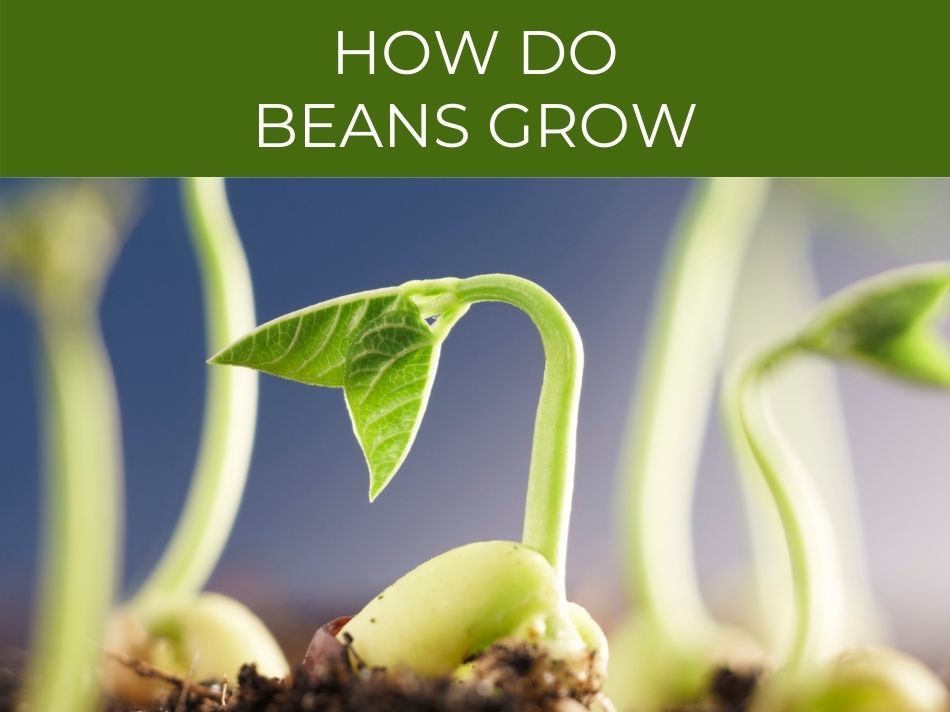
How do beans grow
The beans that you eat are the plant’s seeds.
The beans are encapsulated in a pod, which dries out and splits open to release the seeds.
Beans are the seeds of the plants and are encapsulated in pods, some of which are also edible. Beans are either bush varieties, which are determinate with all the crops maturing at the same time, or pole varieties, which are indeterminate with the crops continuously growing and maturing.
Beans come in a lot of different varieties – there are around forty thousand in existence and around four hundred available commercially.
Beans can be categorized into ‘bush’ or ‘pole’ varieties.
Bush beans grow into a compact plant and the entire crop becomes ready all at the same time.
Pole beans grow into a vine-like plant, and produce an ongoing crop.
Beans can be planted in spring or early summer, once the soil has warmed and there is no risk of frost.
See our post on the KY hardiness zones to check when this is in your area.
It is best to sow beans directly into the soil as they don’t tend to transplant well.
Beans should be sown about a half inch under the soil, and around three inches apart, in rows that are around fifteen inches apart.
Soak beans overnight before planting to soften their hard, outer coating and speed up the germination process.
Once beans have been planted, avoid watering them until you see shoots, to avoid them rotting in the ground.
You can plant pole varieties in batches a couple of weeks apart to get successive harvests over a longer period.
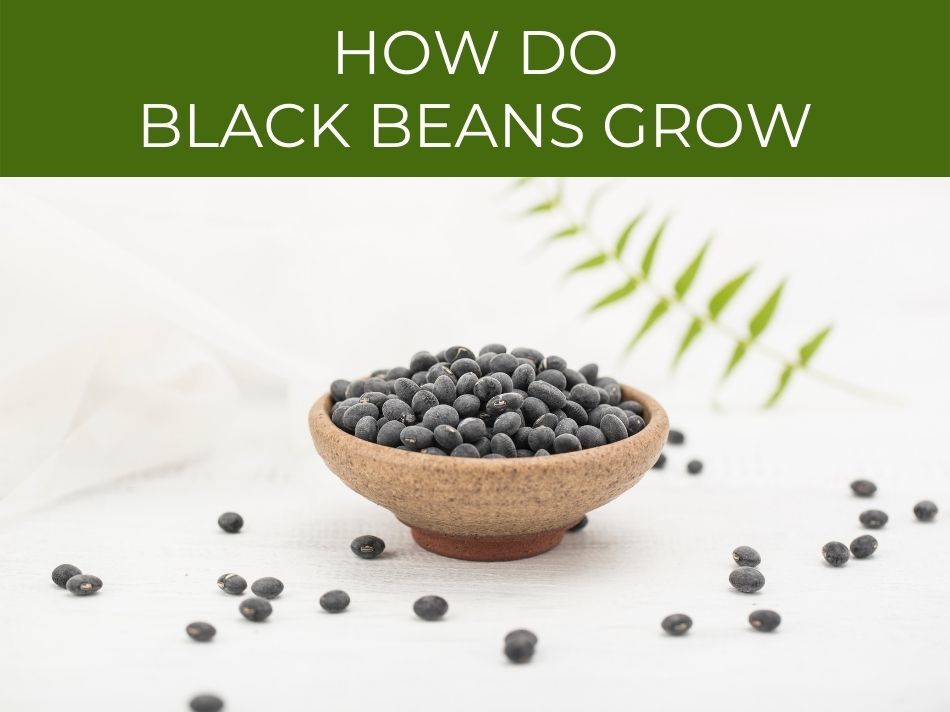
How do black beans grow
Black beans are also known as turtle beans, named for their dark, hard outer shell.
They are native to Central and South America but can be grown in temperate climates.
Black beans have a long season, so need to be grown in an area where they will get six to eight hours of sunlight for the entire duration. They are usually a half poling variety, growing to about three feet, and can support themselves but will do better with a trellis.
Harvest the pods when some of them are dry and brown and some are yellowing, even if they are not all completely dry.
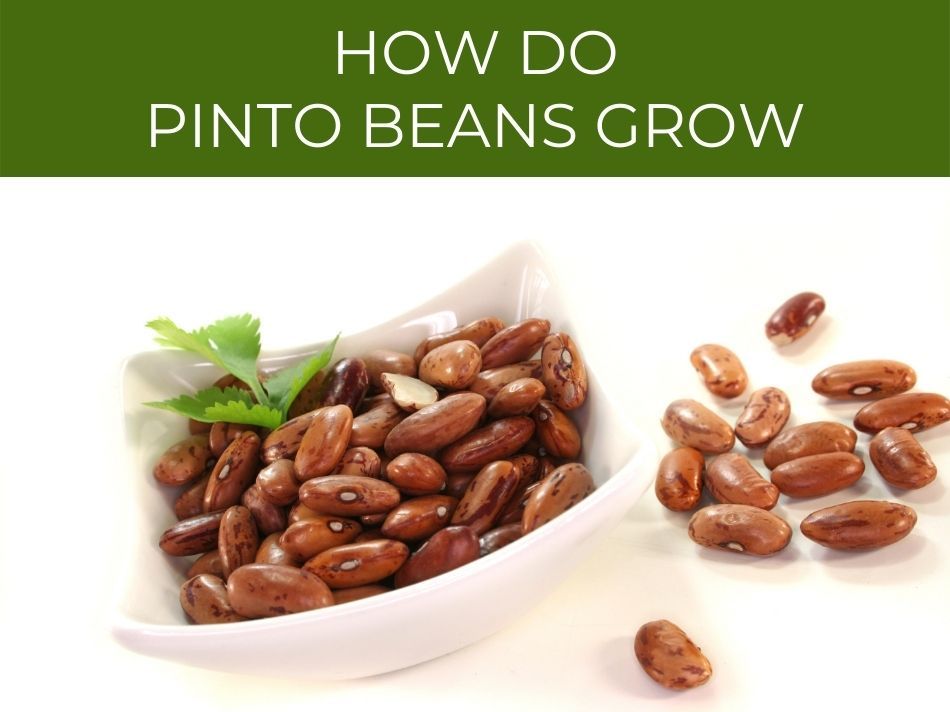
How do pinto beans grow
Pinto beans are speckled beans and are native to Mexico
Pinto beans need to be planted a little further apart than other varieties, with the eye of the bean facing downwards. They are usually a pole variety, and are harvested in an ongoing process once they are firm. They need careful monitoring as they can turn too tough very quickly.
Pinto beans need to be harvested at just the right time and need constant monitoring to check that they don’t turn too tough.
This can be a very quick process and they can turn in just a single day.
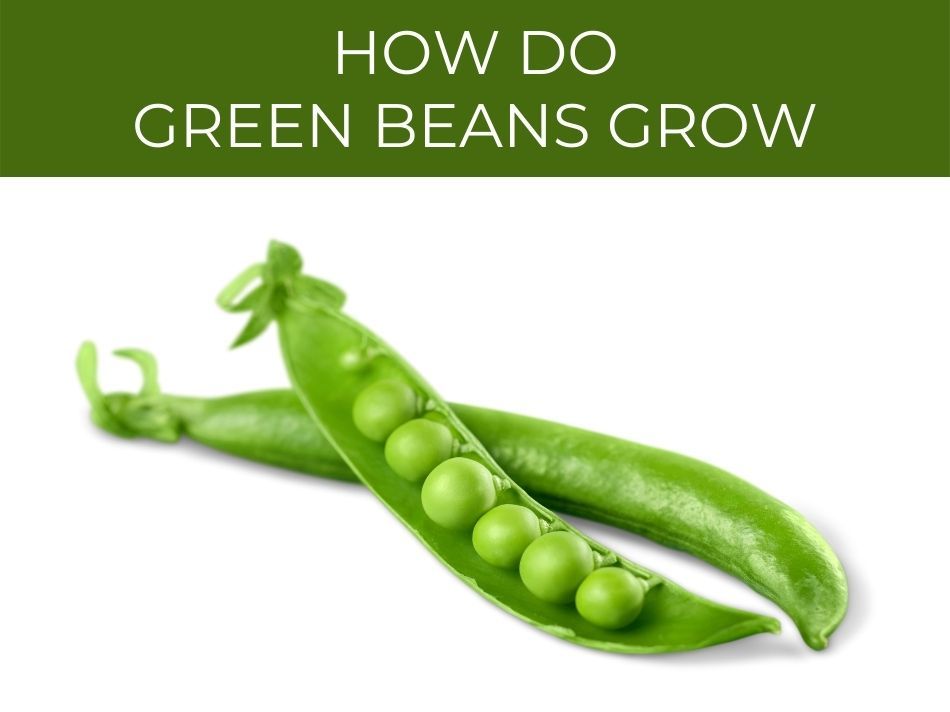
How do green beans grow
Green beans have an edible pod and should be picked before the bean itself gets too big.
Although bush varieties are available, green beans tend to be grown as a pole variety because they are not dried, therefore are better as a fresh crop that can be continually harvested. The pod of green beans is also edible and are picked before the beans themselves mature and get too large.
The more regularly that green beans are picked, the more that the plant will produce.
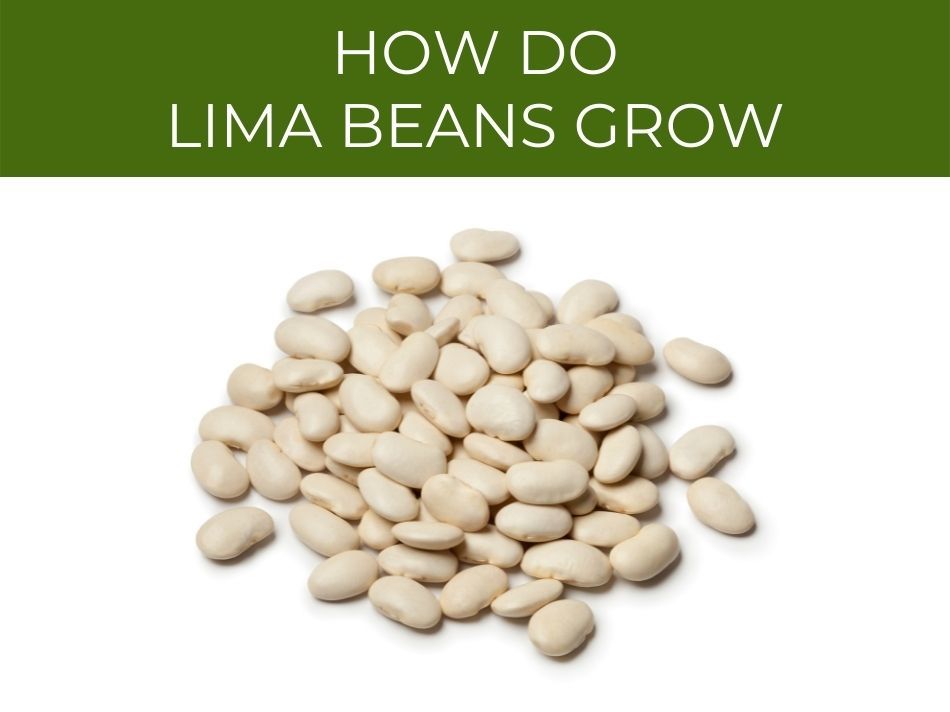
How do lima beans grow
Lima beans are also known as butter beans.
Lima beans do well as both bush and pole varieties. Many gardeners choose to grow both as the bush beans will mature more quickly giving an early harvest, and the vines cropping after around ninety days.
Lima beans can be grown as both bush and pole varieties, with many gardeners growing both to extend their cropping season.
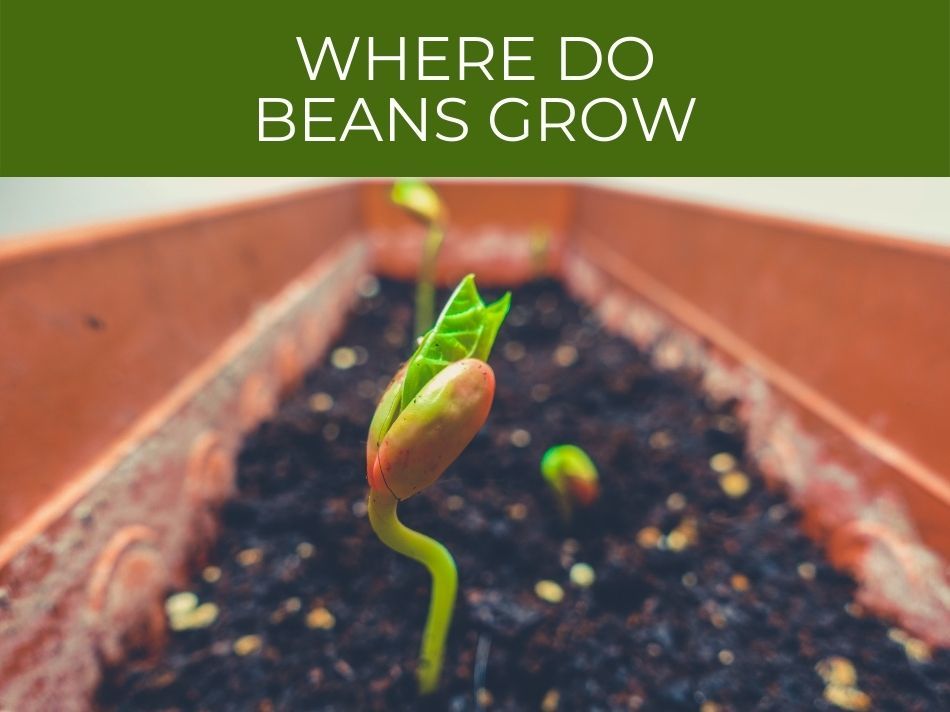
Where do beans grow
Beans need plenty of sun and well draining soil, they don’t do well in heavy clay soils.
Avoid nitrogen rich soil as this will result in lots of leafy growth but less beans.
See our post on using coffee grounds in the garden.
You also don’t need to fertilize beans as they grow.
Beans need six to eight hours of sunlight each day, and grow in free draining soil. During the growing period, beans do not need additional fertilizer. Beans have a symbiotic relationship with bacteria in the soil, that ‘fix’ nitrogen from the air into the soil.
Beans have a mutually beneficial (symbiotic) relationship with bacteria in the soil.
The bacteria take nitrogen from the air and ‘fix’ it in the soil, making it available to the plant.
In return, the beans provide the bacteria with carbohydrates.
This tendency for beans to enrich the soil with nitrogen makes them great companion plants for cabbage, cauliflower, corn and cucumbers.
Check out our guide to read more companion planting.
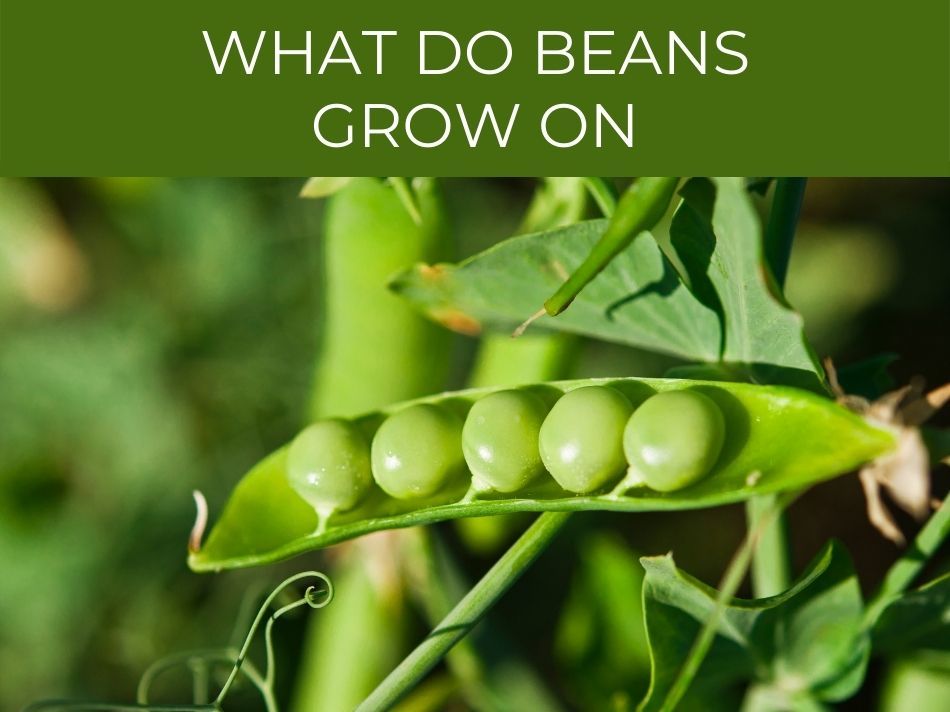
What do beans grow on
Beans that are pole varieties need some kind of support to grow onto.
You can use almost anything to create a trellis, but the tendrils grip to rougher materials better than smooth surfaces.
You should also make sure that your trellis has close enough spaces for the growing vine to be able to latch onto the next slat.
Set up your trellis before you plant your beans to avoid damaging the delicate, shallow root systems.
Beans are either ‘bush’ varieties that grow into compact, self-supporting plants that are about two feet in height, or ‘pole’ varieties. The pole varieties are vines that can grow up to fifteen feet and need a structure to provide support and encourage more growth.
Trellises can be made from bamboo sticks, metal wiring, string, plastic and all kinds of recycled and repurposed materials.
They can be made into lattice structures, wires or string hung from a frame, archways or even teepees.
With a bit of creativity, trellises can enable pole varieties of beans to be grown in small or difficult spaces, making every corner of your garden productive.
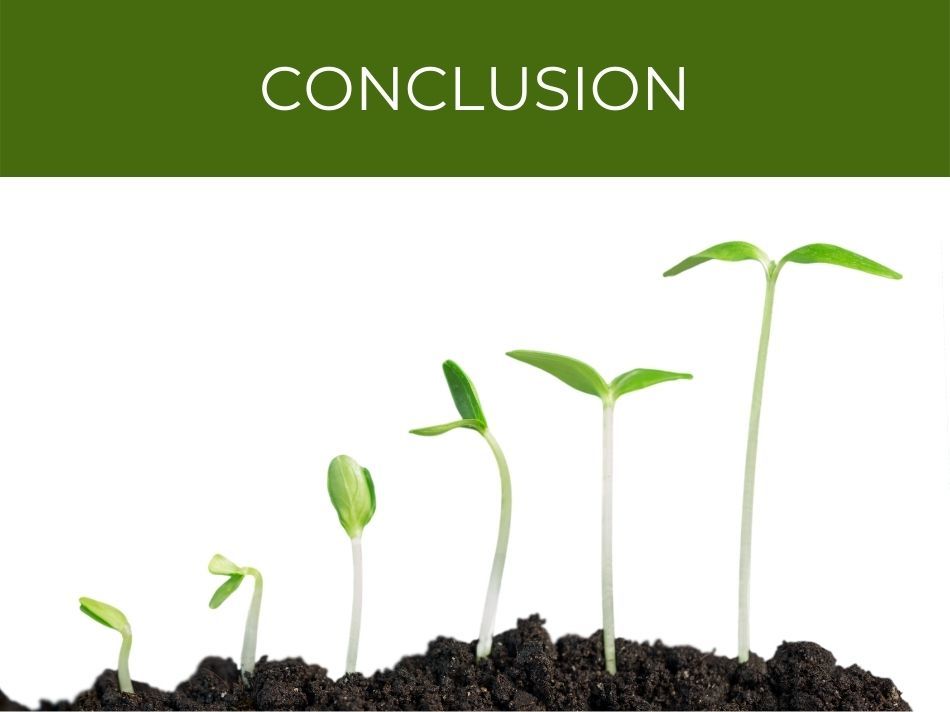
Conclusion
Beans are a fantastic crop to try out in the garden, especially if you are a beginner or want to introduce children to growing edibles.
They are fast growers, requiring little care and with so many varieties to choose from, can deliver a tasty addition to many different types of dishes.

